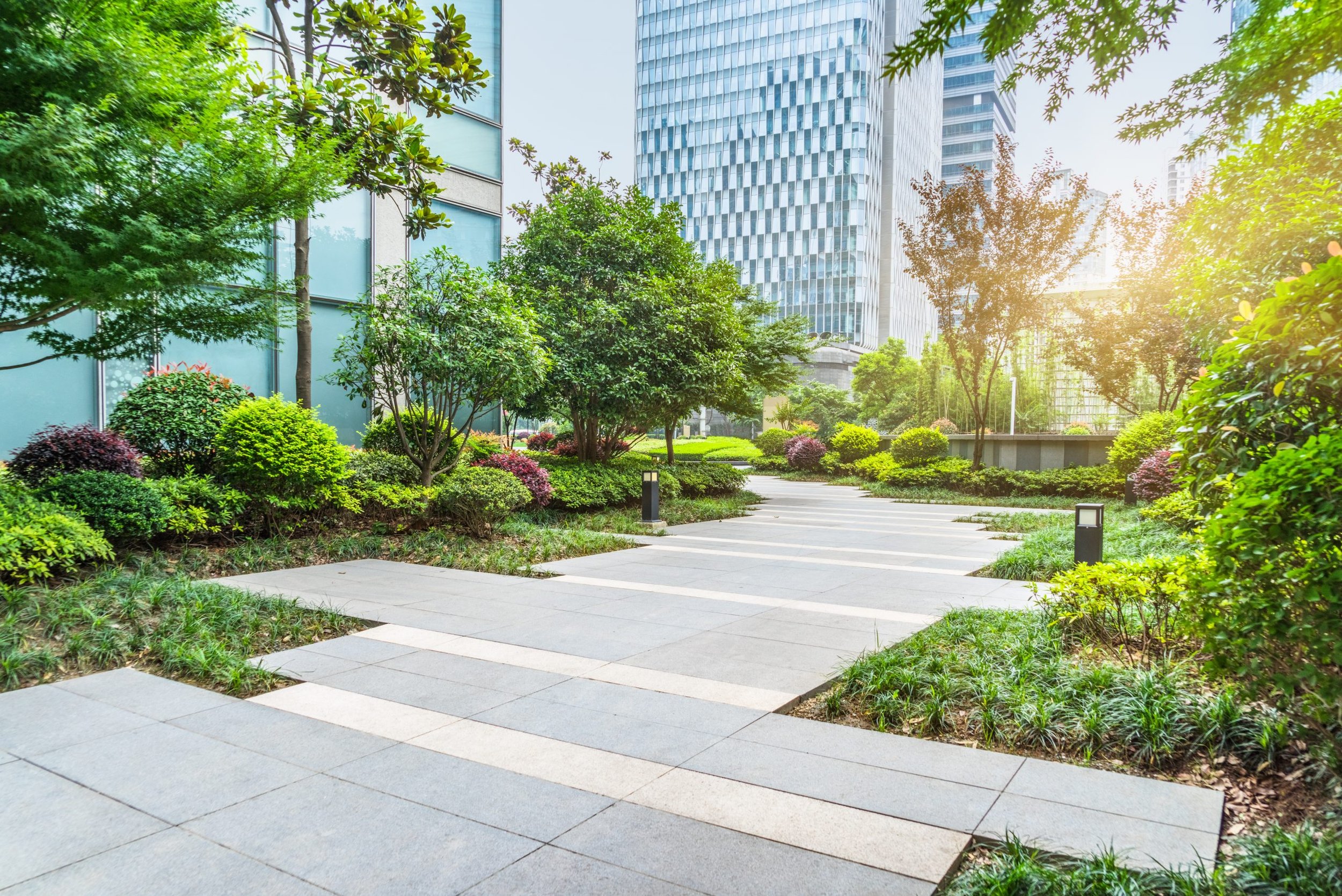Eco Friendly Fencing
What is Eco Friendly Fencing?
Eco-friendly fencing refers to fencing materials and methods that have a minimal impact on the environment. This can include materials that are sustainably sourced, recycled, or biodegradable. Eco-friendly fencing can also include methods that reduce waste, conserve energy, and promote biodiversity. Some examples of eco-friendly fencing materials include bamboo, recycled plastic, and living fences.
Benefits of Eco Friendly Fencing
The benefits of eco-friendly fencing are numerous. Not only can it help to reduce your carbon footprint, but it can also provide a unique and attractive alternative to traditional fencing materials. Eco-friendly fencing can also be more cost-effective in the long run, as it often requires less maintenance and can last longer than traditional materials. Additionally, eco-friendly fencing can provide a natural and rustic look that can enhance the beauty of your outdoor space.
Types of Eco Friendly Fencing Materials
There are many types of eco-friendly fencing materials available, each with its own unique benefits and characteristics. Some popular options include: * Bamboo: Bamboo is a highly renewable and sustainable resource that can be used to create a variety of fencing styles. * Recycled plastic: Recycled plastic fencing is made from post-consumer plastic waste, such as milk jugs and plastic bags. * Living fences: Living fences are made from living plants, such as shrubs or trees, that are trained to grow in a fence-like pattern. * Reclaimed wood: Reclaimed wood fencing is made from wood that has been salvaged from old buildings or other sources.
How to Choose the Best Eco Friendly Fencing Option
Choosing the best eco-friendly fencing option for your needs can be a daunting task, as there are many factors to consider. Some things to think about include: * Durability: How long do you want your fence to last? * Maintenance: How much time and effort are you willing to put into maintaining your fence? * Cost: What is your budget for the fence? * Aesthetics: What style and look are you going for? * Environmental impact: How important is it to you to reduce your carbon footprint? You can also consider the https://branchandborder.com/blog/living-fences/privacy-benefits-of-living-fences as an eco-friendly option, which can provide a natural and beautiful solution for your fencing needs.
Considering Your Climate and Region
When choosing an eco-friendly fencing option, it's also important to consider your climate and region. Some materials may be better suited to certain weather conditions or regions. For example, bamboo may be a good option for warm and humid climates, while recycled plastic may be better suited to cooler and drier climates.
Eco Friendly Fencing Installation and Maintenance
Once you've chosen your eco-friendly fencing material, it's time to think about installation and maintenance. Eco-friendly fencing installation methods can vary depending on the material, but often involve minimal digging and disruption to the surrounding environment. Maintenance requirements can also vary, but many eco-friendly fencing options require less maintenance than traditional materials. For example, living fences may require regular pruning and watering, while recycled plastic fences may require occasional cleaning.
Common Mistakes to Avoid
When it comes to eco-friendly fencing, there are several common mistakes to avoid. Some of these include: * Not researching the material thoroughly: Make sure you understand the pros and cons of your chosen material, as well as any potential environmental impacts. * Not considering the long-term costs: While eco-friendly fencing may be more expensive upfront, it can often save you money in the long run. * Not installing the fence correctly: Improper installation can lead to reduced durability and increased maintenance requirements.
Conclusion
Eco-friendly fencing is a great way to reduce your carbon footprint and create a unique and attractive outdoor space. With so many options available, it's easy to find a material and method that suits your needs and budget. By considering factors such as durability, maintenance, and aesthetics, you can choose the best eco-friendly fencing option for your needs. Remember to also consider your climate and region, and avoid common mistakes such as not researching the material thoroughly.
FAQs
What is the most eco-friendly fencing material?
The most eco-friendly fencing material will depend on your specific needs and circumstances. However, some popular options include bamboo, recycled plastic, and living fences.
How much does eco-friendly fencing cost?
The cost of eco-friendly fencing can vary widely depending on the material and method chosen. However, many eco-friendly fencing options can be more cost-effective in the long run.
Is eco-friendly fencing durable?
Yes, many eco-friendly fencing options are highly durable and can last for many years with minimal maintenance.
Can I install eco-friendly fencing myself?
Yes, many eco-friendly fencing options can be installed DIY. However, it's often recommended to hire a professional to ensure proper installation and minimize environmental impact.
How do I maintain my eco-friendly fence?
Maintenance requirements will vary depending on the material and method chosen. However, many eco-friendly fencing options require less maintenance than traditional materials.


